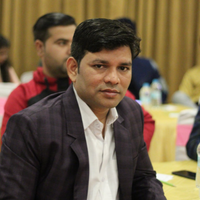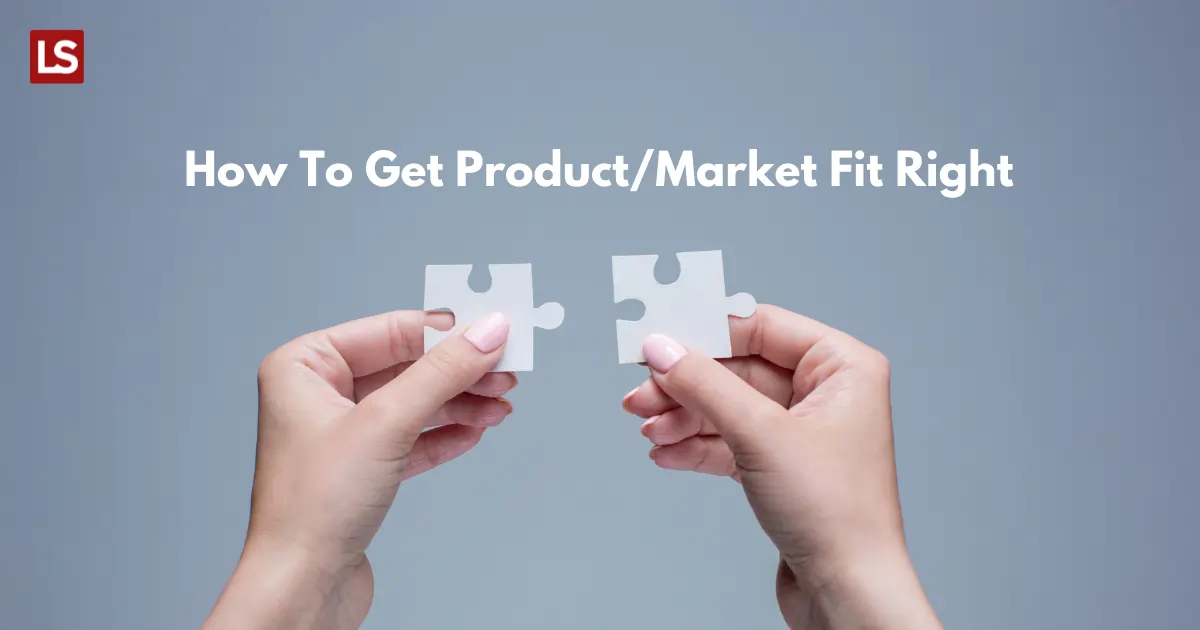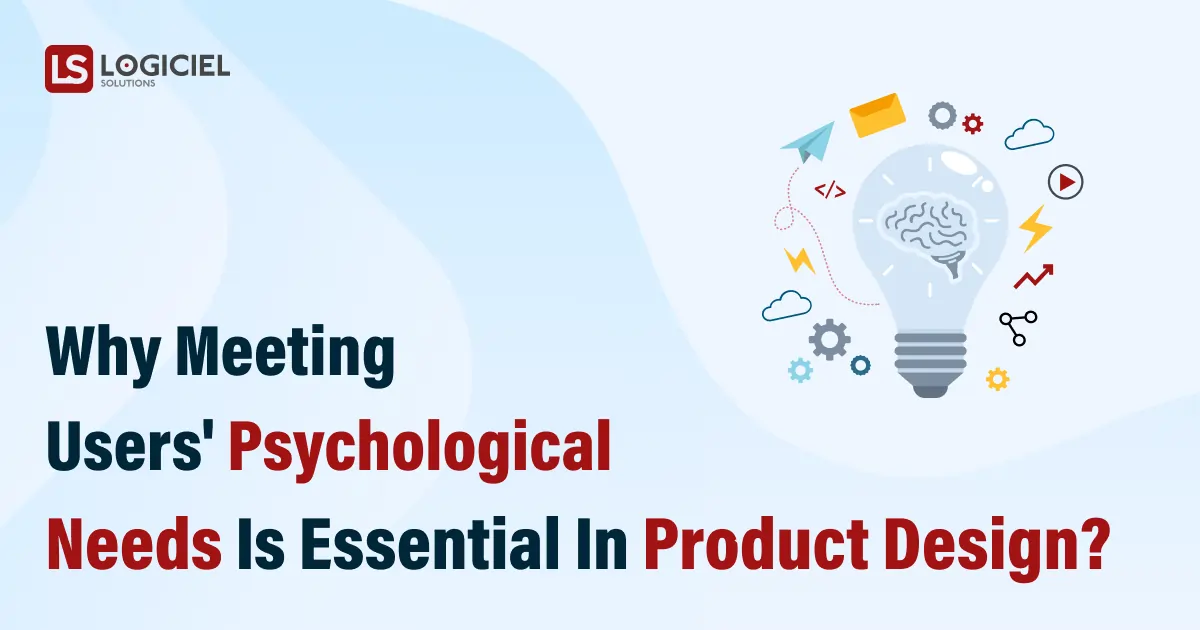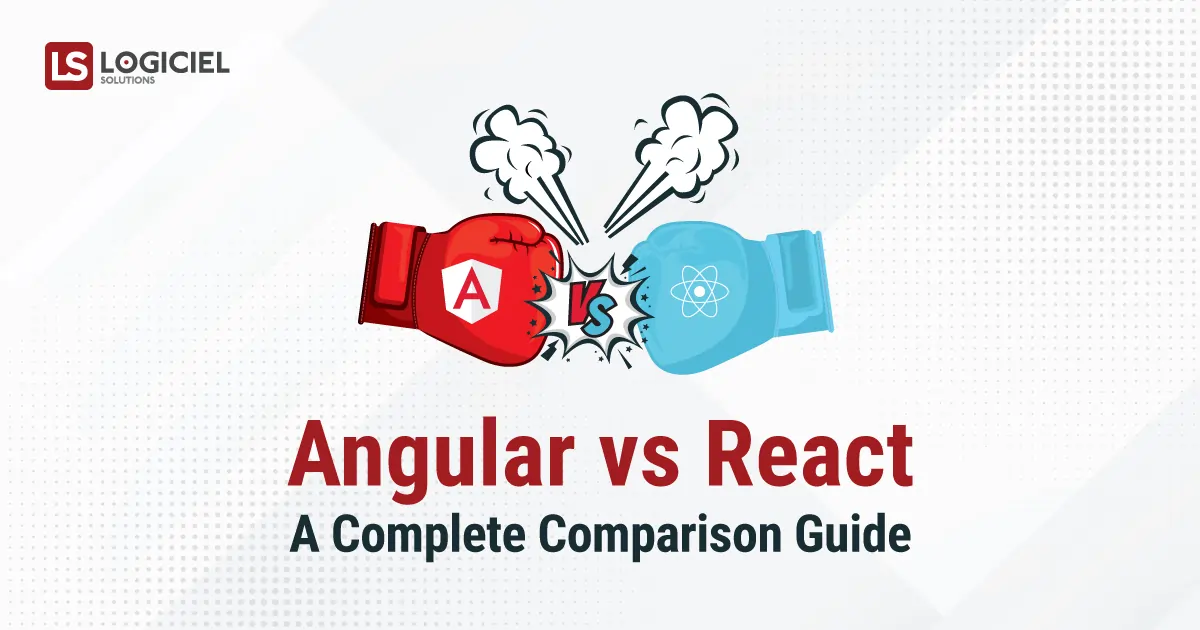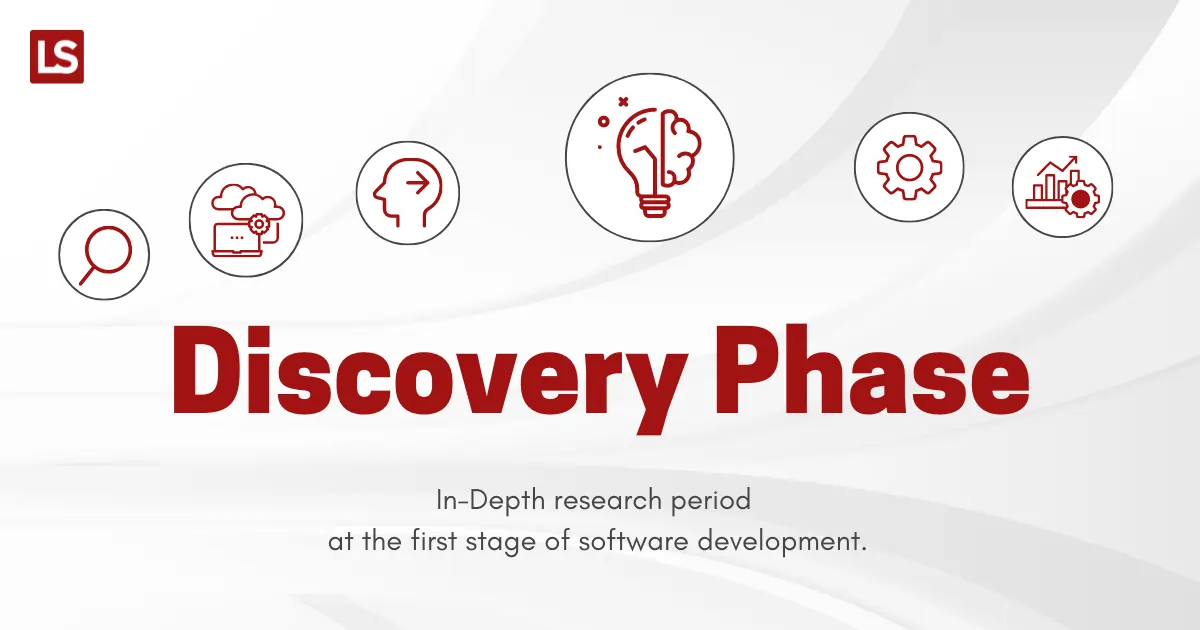What is Product/Market Fit means
The product/market fit, is the degree to which a product satisfies a strong customer/market demand.
Why is it important for a product to be a market-fit?
Why is it important? Product/Market fit is very important. It is the key to successful business. It simply indicates that there is a demand for what you’re trying to sell. If you are able to find the answer and method to provide the solution, half the work is done for the product. Without clarity on this, you could be in a deadlock situation where investing into building something that is not commercially viable.
How to Achieve Product/Market Fit

Determine your target customer
Initially focus on specifying the user segment and not for all the users. Better to identify who are not the users of your product. You could not please everyone because you’re developing a product based on science, research, and a lot of effort. So while designing the prototype, always think about the user’s personas.
Identify underserved customer needs
There may be many similar products available in the market, if you have good understanding about your customers’ needs and good research on available product serving that need then you’ll easily find the unserved customer need. Defining that need and articulating that in your product will help the product to be market-fit.
Define your value proposition
Every product/market fit communicates clearly about the benefits delivered to the customers. So, before planning to have a product, think twice about
- Target user-type are you going to serve?
- Which needs are you going to meet?
- What relative price will provide acceptable value for users.
- Identifying the value proposition and designing/developing the product around it is like a foundation for your business so focus on it.

Specify your Minimum Viable Product (MVP) feature set
Once any idea gets ignited in your mind, in the excitement it is obvious that you think to execute your all ideas at once, there is no harm in it if you divide and categorize them well. You can divide the features category by the MaSCoW method which is a prioritization technique used in management, project management, and business analysis to reach a common understanding with stakeholders. It helps to identify the features in the following three categories.
- Must-have Features
- Most loved
- Not necessary
Create your MVP prototype
Building a fully functional product is time consuming and could be an expensive way of testing your hypothesis, so, better is to focus on getting to a functional prototype as soon as possible that you can get in front of users.Iteration and scaling is an obvious thing to happen so don’t worry about it. Keep it on until you get high user satisfaction considering all parameters and budget. To make it possible you may need a capable team which can help you in it.
Test your MVP with customers
Testing your solutions with real customers will give you real feedback. While testing make sure you are talking to your target customers and open to change as per feedback. Avoid overthinking sometimes it hampers the interest.
How the satisfaction level can be measured
There is no direct method available to check it but with a few symptoms you can check whether you’re heading in the right direction or not. Few such symptoms are –
i) Test the product with real customers if they are liking it over others it means you’ve correctly mapped the requirements.
ii) If You have a high retention rate instead of available similar products of competitors.
iii) If People are talking about your product in a good way.
How we help our clients to achieve it
- Understand the requirements properly using some simple techniques such as Whiteboard, Design prototyping/Sketching.
- Create user stories based on the approved designs
- Set priorities after detailed discussion with stakeholders and use case analysis.
- Building scalable architecture.
- Set feasible timelines best suited to the stakeholders and business needs.
- Depute best fit people
- Apply best practices and the most cost feasible approach.
- Insure timely delivery
- Insure bug free delivery
- Immediate availability of team on any technical issues.
Conclusion
Establishing in the specific market with any digital product is very hard, especially for startups.Its not necessary that at one go you will be able to map the needs and value proposition. You’ll like to test your product several times until it is perfectly mapped with need. So, in this phase you need to be very smart while choosing technical partners. For founders/owners it is very essential to achieve the objective to secure the investment.
